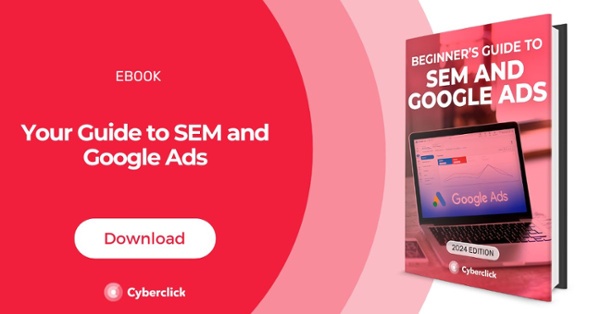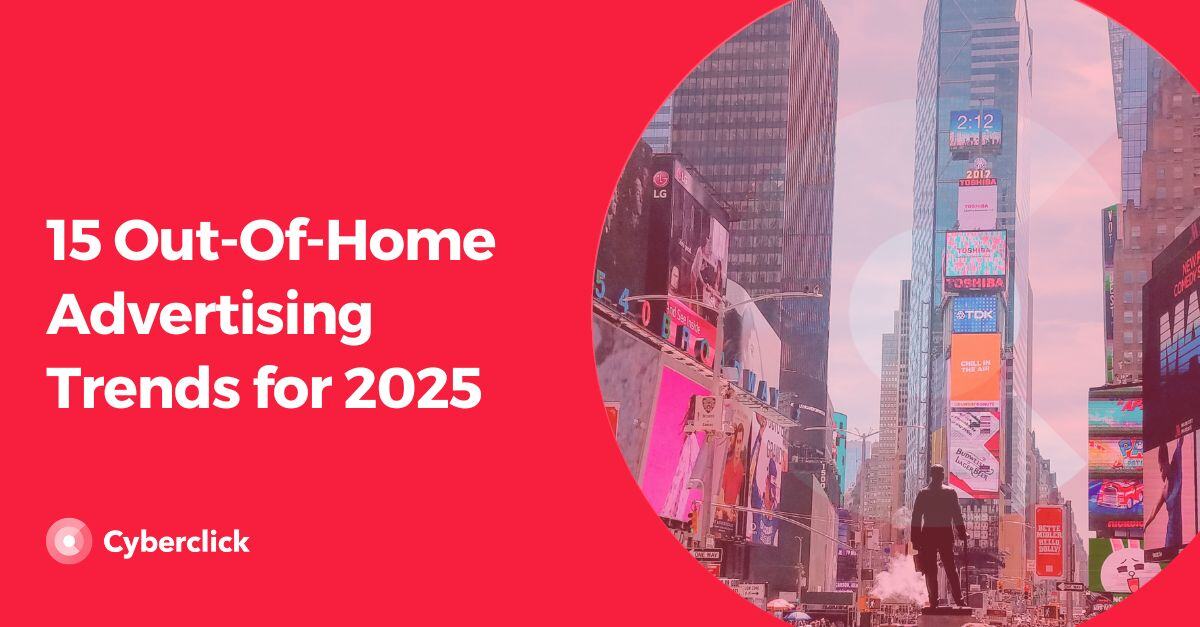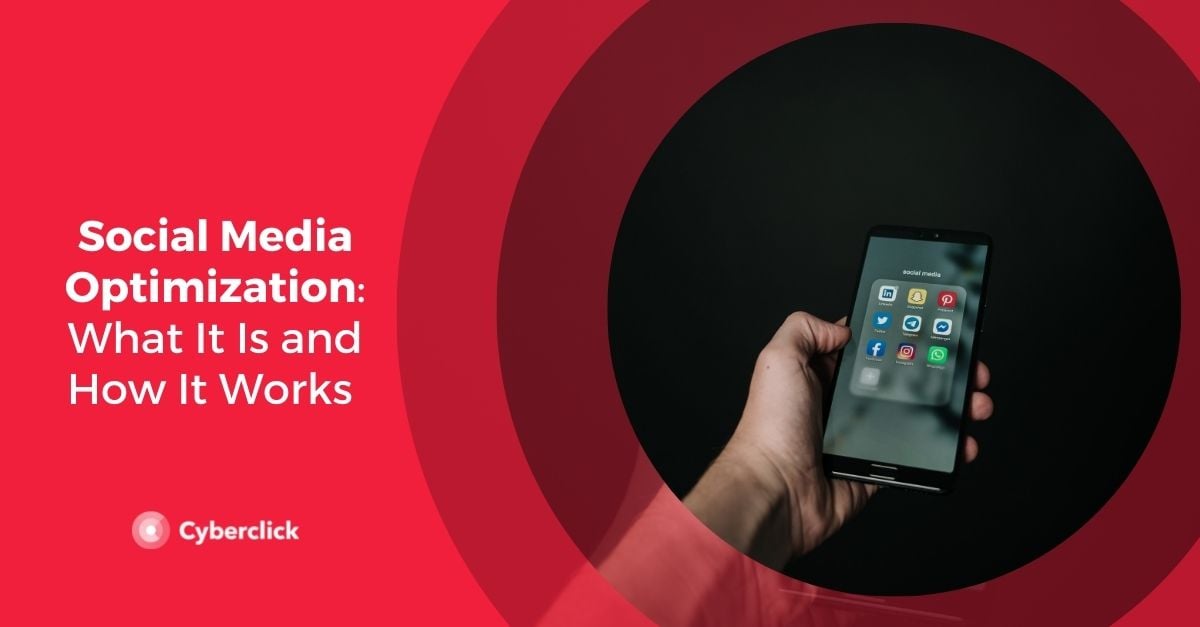OOH, or Out-of-home advertising encompasses any visual advertising media found outside of the home, including billboards, bus wraps, digital signage, and street furniture like bus shelters and kiosks. In an era where digital screens dominate our attention, this type of advertising retains a unique power to capture the public eye and engage audiences on the move. From towering billboards to subtle transit ads, OOH advertising leverages physical space to create unforgettable brand experiences and lasting impact.

Understanding OOH Advertising
Although it may seem somewhat outdated, that is far from the truth. In the current digital landscape, where user privacy concerns and technological changes are leading towards a cookieless world and increased use of ad blockers, OOH advertising remains a good option. As digital platforms face limitations due to these changes, OOH offers a unique opportunity to reach consumers in the physical world without the barriers of digital ad fatigue and data privacy concerns. Its enduring appeal lies in its ability to offer consistent visibility in a world where digital ads can be bypassed with a click.
Here’s why OOH advertising remains influential:
- High Impact: Large-scale visuals demand attention in a way that small digital screens cannot.
- Persistent Presence: Unlike digital ads, which disappear after a short duration, OOH advertisements remain in place for extended periods, repeatedly engaging consumers.
- Wide Reach and Scalability: It effectively reaches thousands of people daily, from various demographics, enhancing its impact across broad audiences.
Types of OOH Advertising
Here are some of the most common formats of Out-of-Home Advertising.
Billboards
The most recognizable form of OOH advertising, billboards are large-scale print or digital displays located in high-traffic areas such as highways, busy streets, and major urban centers. Traditional billboards provide a static message, while digital billboards can rotate advertisements, allowing multiple advertisers to share the same space with dynamic, time-sensitive content
Source: Billups
Transit Advertising
This includes any advertisement placed on and around public transportation options, such as buses, subways, trains, and taxis. It encompasses interior ads that riders see inside vehicles and exterior ads that catch the eyes of both commuters and pedestrians. Transit advertising allows brands to reach a diverse audience, including daily commuters and tourists in metropolitan areas.
Source: Billups
Street Furniture
This type of OOH advertising involves smaller-scale ads placed on furniture along sidewalks and in public spaces, including bus shelters, benches, kiosks, and telephone booths. Street furniture is typically positioned at eye-level, allowing for more direct engagement with pedestrians and public transit users. These placements are excellent for targeting local foot traffic and offer benefits like providing public amenities.
Source: Billups
DOOH
Digital Out-of-Home (DOOH) advertising represents a modern twist on traditional outdoor advertising by incorporating digital technology. This format can extend to the previous types of ads - digital billboards, digital transit signs, and screens found in high-traffic areas like airports or shopping malls. DOOH offers dynamic content changes and interactive capabilities that can engage audiences in real-time, enhancing the traditional benefits of OOH with the flexibility and immediacy commonly associated with digital advertising. It allows advertisers to leverage data such as weather, traffic updates, and time-sensitive messages to make their content more relevant and engaging, thereby increasing the advertisement's effectiveness and viewer engagement.
Strategies for Effective OOH Campaigns
Strategic Placement
Location is everything in OOH advertising. Placing ads in high-traffic areas that your target audience frequents can dramatically increase your campaign’s effectiveness. It can sometimes be more successful to have fewer ads placed in very strategic positions that guarantee high exposure.
Creative Integration
Integrating digital elements, such as QR codes or social media hashtags with OOH ads can bridge the gap between the physical and digital worlds, enhancing user engagement. Think of ways to integrate the surroundings into your ads to make them stand out and capture attention.
Impactful Design
With only a few seconds to capture attention, your ads need to be visually striking and easy to digest. Opt for bold graphics and succinct messaging.
Timed Campaigns
Coordinate your OOH ads with specific events or seasons to tap into existing public interest and relevance. Combining OOH with multichannel campaigns that include other kinds of advertising can significantly help boost results on both ends.
Complementing OOH with Digital Campaigns
Integrating both types of campaigns can create a synergistic effect that boosts the effectiveness of both.
According to the OAAA, consumers have been known to be 48% more likely to click on a mobile ad after seeing an OOH ad. By aligning the messaging and visuals across both mediums, marketers can reinforce their brand presence and drive higher engagement rates.
Measuring OOH Advertising Effectiveness
One of the disadvantages of OOH, however, is the fact that it can be much harder to measure the impact and success of these efforts, in stark contrast to digital advertising, where a wide array of metrics are readily accessible with just a few clicks. That said, the effectiveness of OOH advertising can still be quantified through various modern methods such as:
- Brand Lift Studies: Conduct surveys before and after the OOH campaign to measure changes in brand awareness and perception.
- Foot Traffic and Sales Data: Use geofencing technology to track increases in foot traffic and correlate this data with sales increases during the advertising period.
- Digital Engagement: Monitor spikes in website visits or social media activity linked to the campaign to gauge digital engagement.
Out-of-Home Advertising Success Stories
Spotify’s Data-Driven Billboards
Spotify leveraged its vast data collection in a creative OOH campaign by using humorous and localized messages that highlighted quirky and interesting user habits. For example, billboards featured messages like "Dear person who played 'Sorry' 42 times on Valentine's Day, what did you do?" This personalized approach created buzz and viral sharing across social media.
Source: AdWeek
Apple’s “Shot on iPhone” Campaign
Apple featured photos and videos taken by real iPhone users across various billboards, transit ads, and other OOH formats around the world. This campaign not only showcased the quality of the iPhone camera but also engaged a community of users who were excited to see their own work displayed in prominent locations.
Source: AdWeek
Reebok’s "Are You Fast Enough" Challenge
Reebok installed an interactive billboard that challenged passersby to run past it faster than a certain speed. If they succeeded, they could win a pair of Reebok sneakers. This campaign effectively integrated physical activity with brand promotion, creating a memorable experience for participants.






Leave your comment and join the conversation